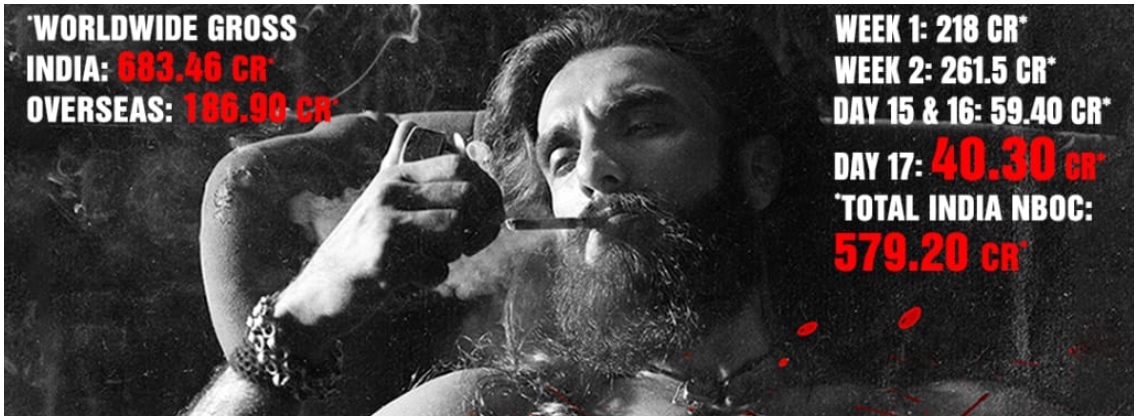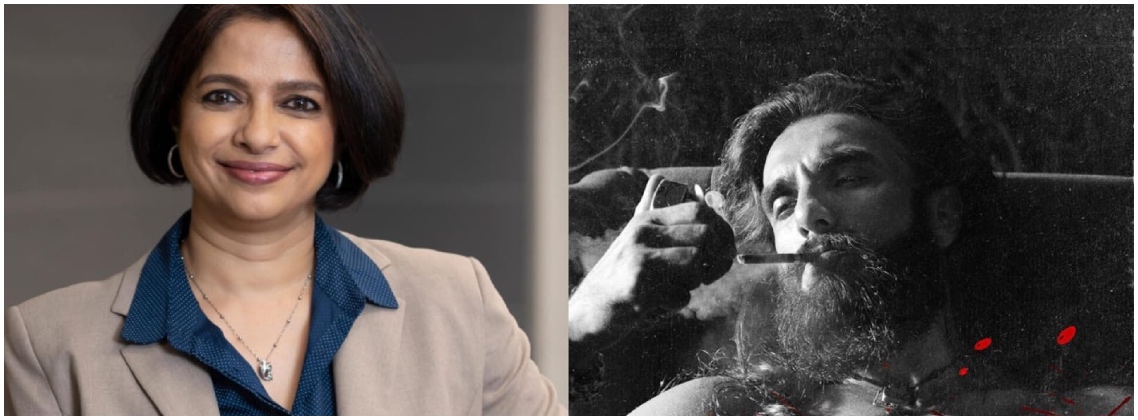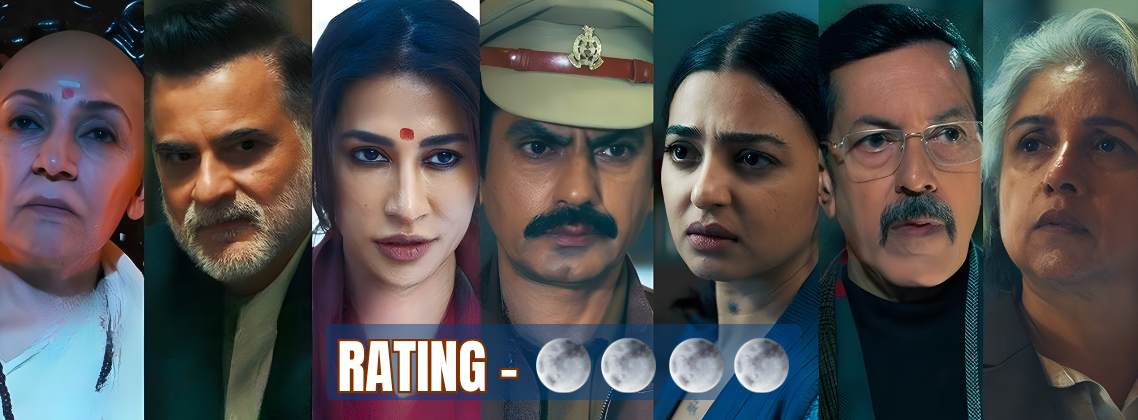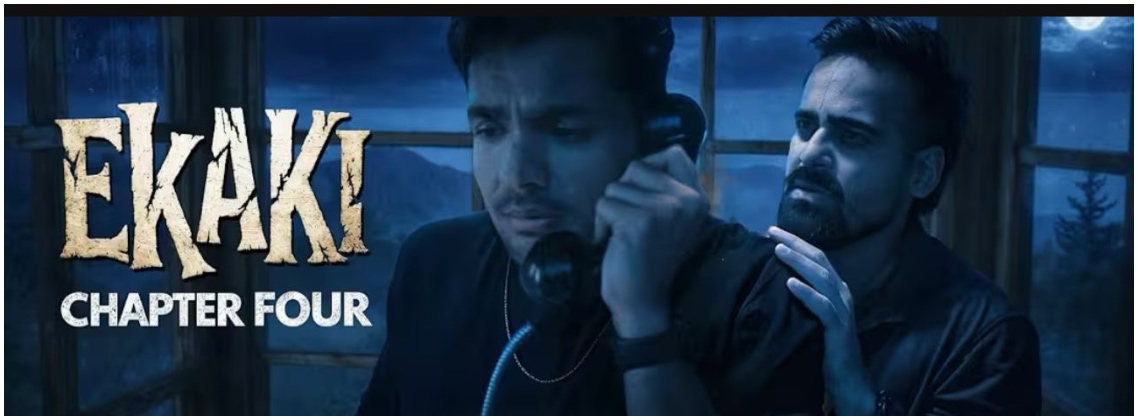From the adorable moppet Daisy Irani who acted in a slew of films in the ’50s and ’60s, to Harshali Malhotra who played the mute six-year-old Pakistani girl separated in India from her parents in Bajrangi Bhaijaan, the Hindi film industry has seen an endless succession of child artistes brightening up the screen. However, off screen their real life stories have invariably been tinged with darkness. Daisy Irani had sent shockwaves through the industry this March when she spoke of her rape at the age of 6 by a so-called guardian.

The case of singer Papon allegedly kissing a child on the lips on a reality show, had also grabbed national attention. Fact is, with increasing numbers of child artistes entering the burgeoning industry of Bollywood, there is definite need to safeguard their interests.

It was only as late at 2016, that the Government of India amended the act governing child labour and recognised the rights of child artistes. It also laid down rules and regulations that govern the employment of these children, to safeguard their growth and development.
Experts point out that a child’s growth and development is a complex mechanism involving multiple factors. Neglect in any area could result in complications in the child’s behaviour.
For every Aamir Khan or Sachin Pilgaonkar who managed to carve successful careers as adults, the majority of child actors are unable to find work once their charm wears off. This loss of success won at an early age makes it difficult for them to cope with the changed reality.

According to Aman Bahl, CRY Intern and student of Maharashtra National Law University, Nagpur, when employing children it is important that attention is given to these factors…
- Children’s mental health and well-being is of prime importance. Child artistes should not be expected to handle the emotional and physical stress that comes with working in an adult-oriented industry, which is marked by anxiety and operational hazards.
- Their interests should be safeguarded and monitored including number of hours worked per day, educational and safety provisions.
- No child should be cast in a role or situation that is inappropriate to the child or that may distress him/her or put him/her in embarrassing situations. The child’s age, maturity, emotional and psychological development and sensitivity has to be considered. Children are not to be shown drinking alcohol, smoking or indulging in any antisocial activity and delinquent behaviour or nudity.
- On reality shows, no child should be exposed to ridicule or harsh comments which could affect his/her emotional health.
- Equal importance should be given to physical health, rest and leisure. The period of work on each day shall be so fixed that it should not be spread over more than six hours, including the time spent in waiting for work on any day. Working between 7 p.m. and 8 a.m., and working overtime are no-no’s.
- Child artistes should be provided nutritious food, water and other suitable drinks during the process of production. Recreational material and rest facilities should also be available on set.
- It is the responsibility of the parents and the production unit to ensure that the child’s school attendance is not affected due to their acting obligations. As far as possible, the child’s acting schedule should be worked around holidays and school vacations.
- To ensure protection and safety, child artistes should be directly supervised by at least one parent or a known person and by a person with specified child-care qualifications.
All in all, child performers must be treated with respect. Their rights, needs and development must be regarded at all times.



.jpg)







